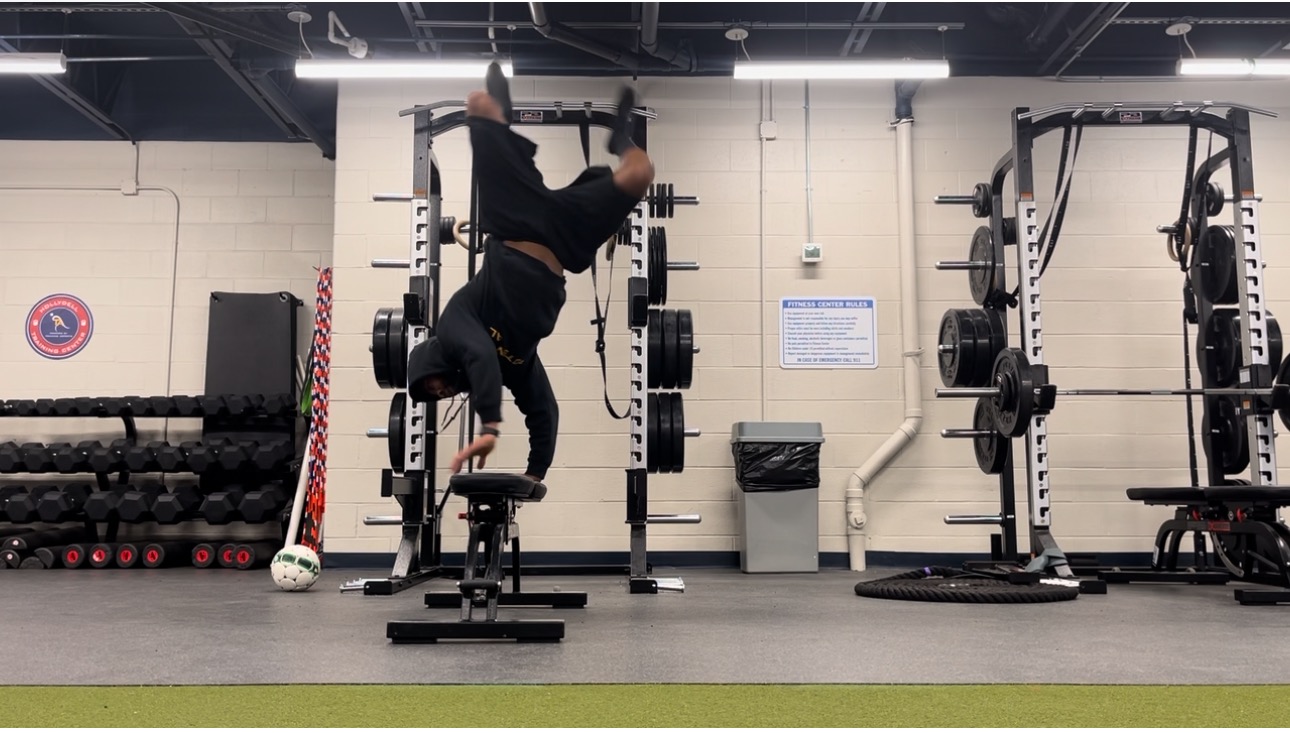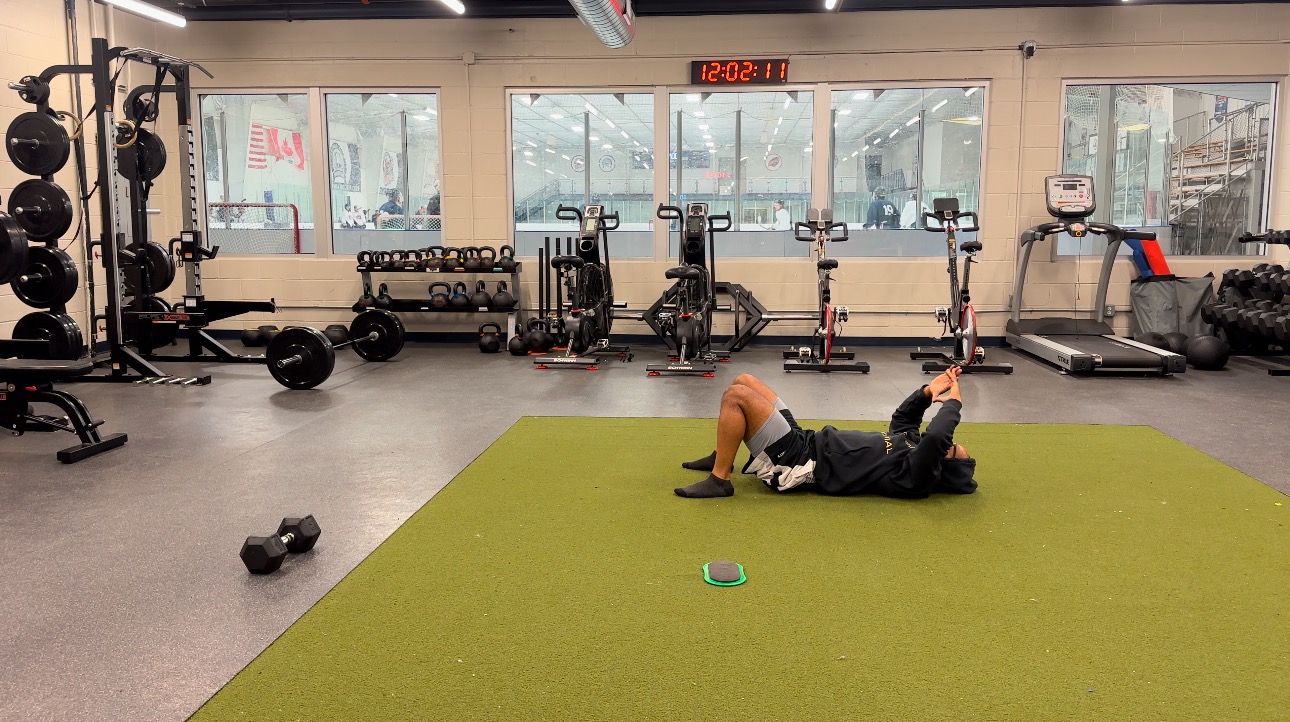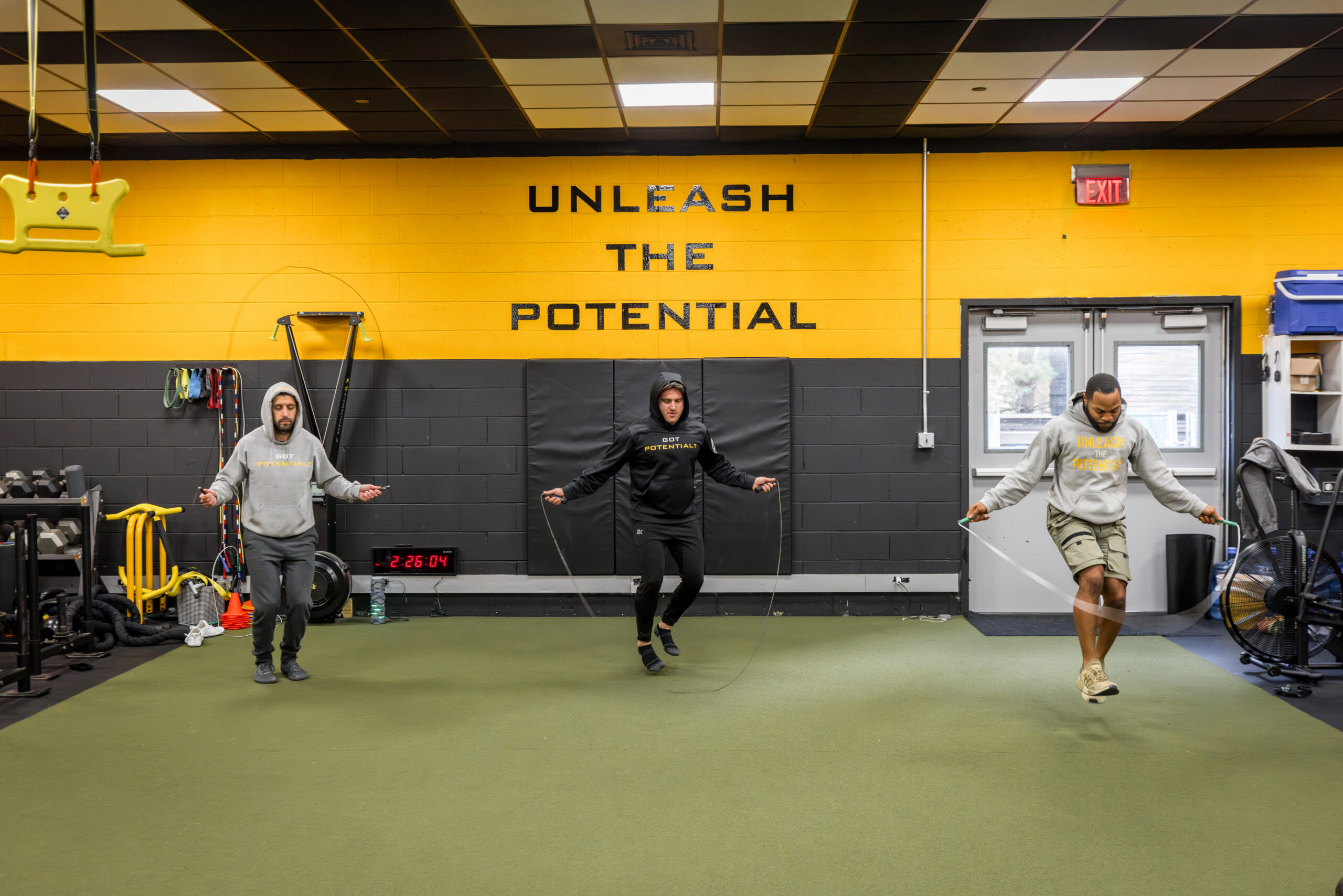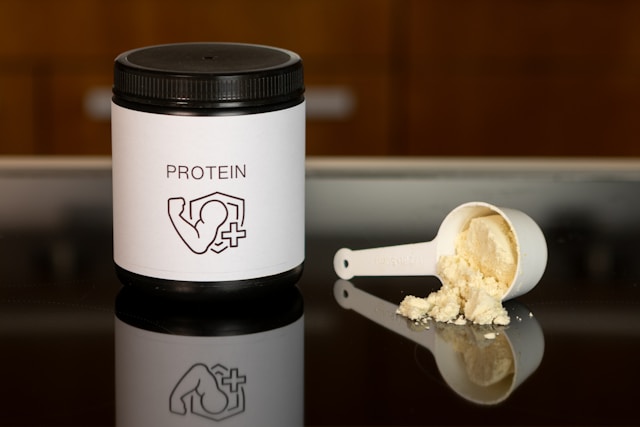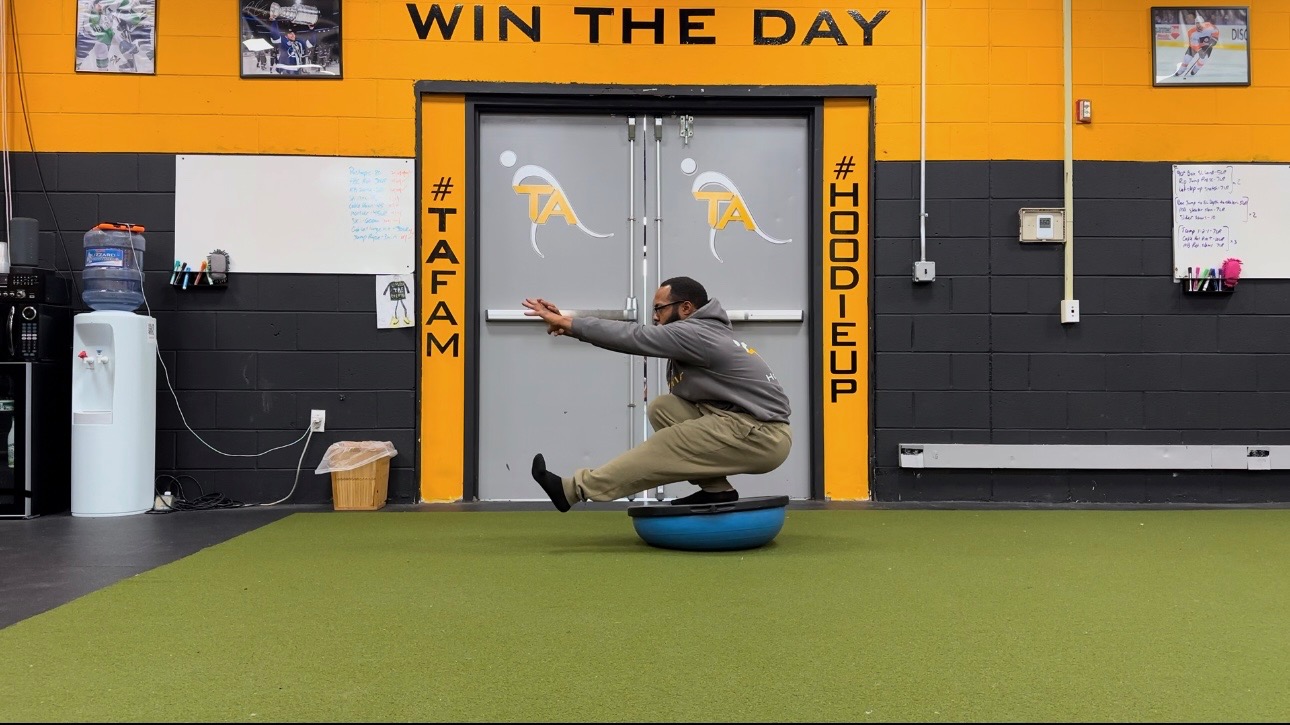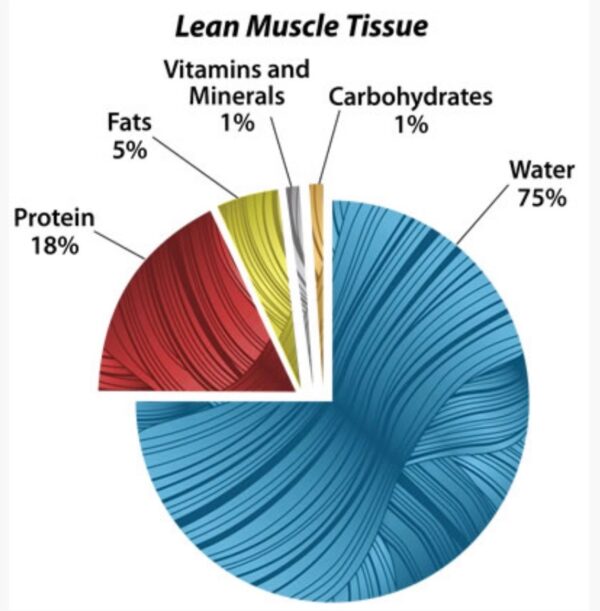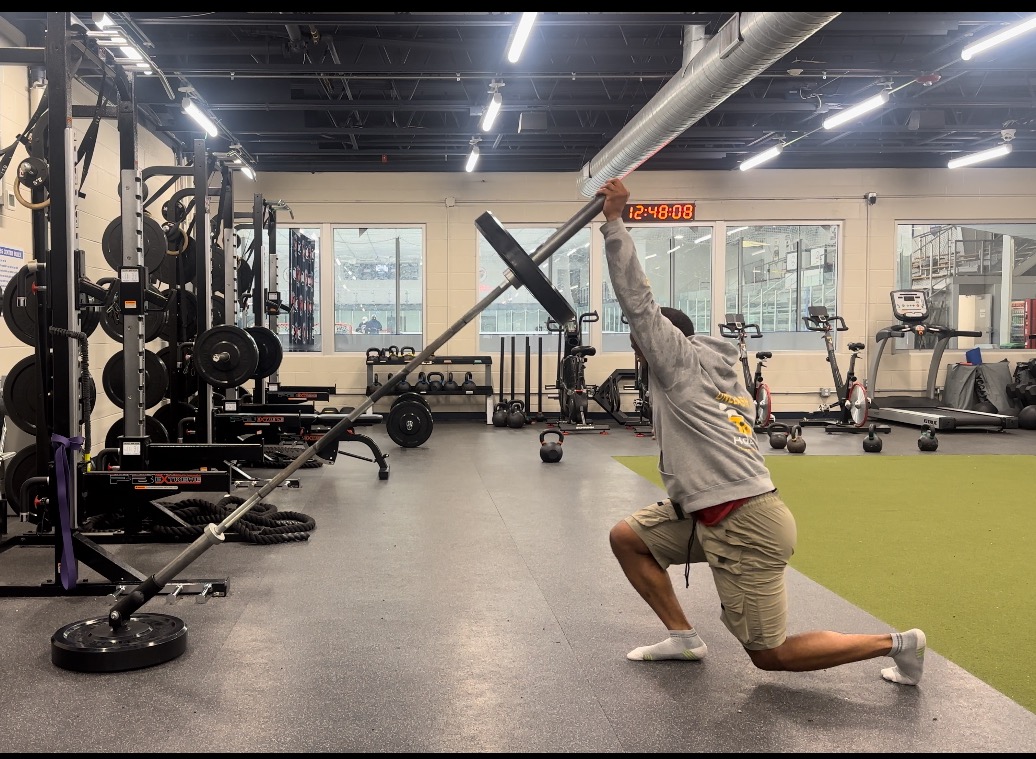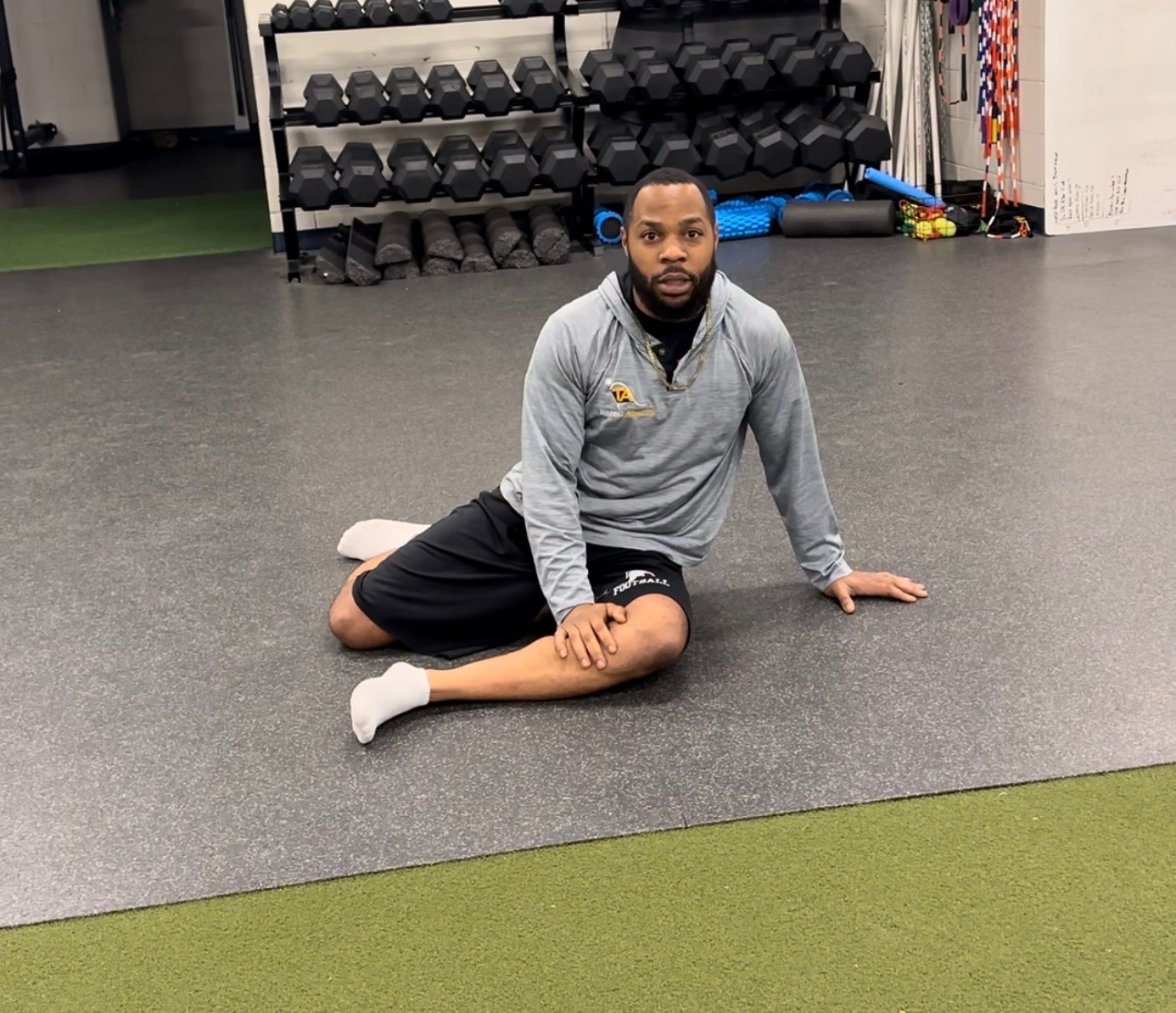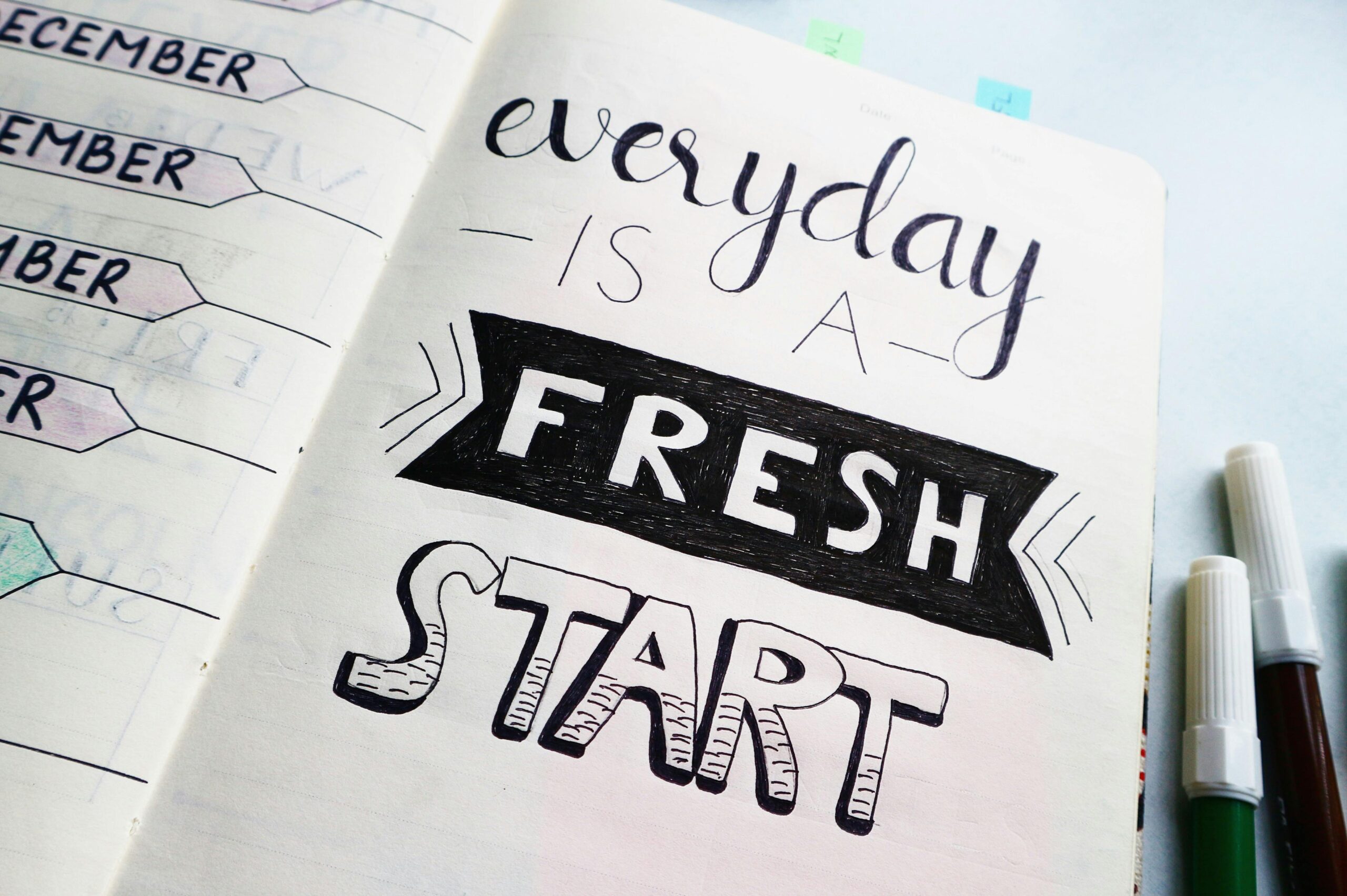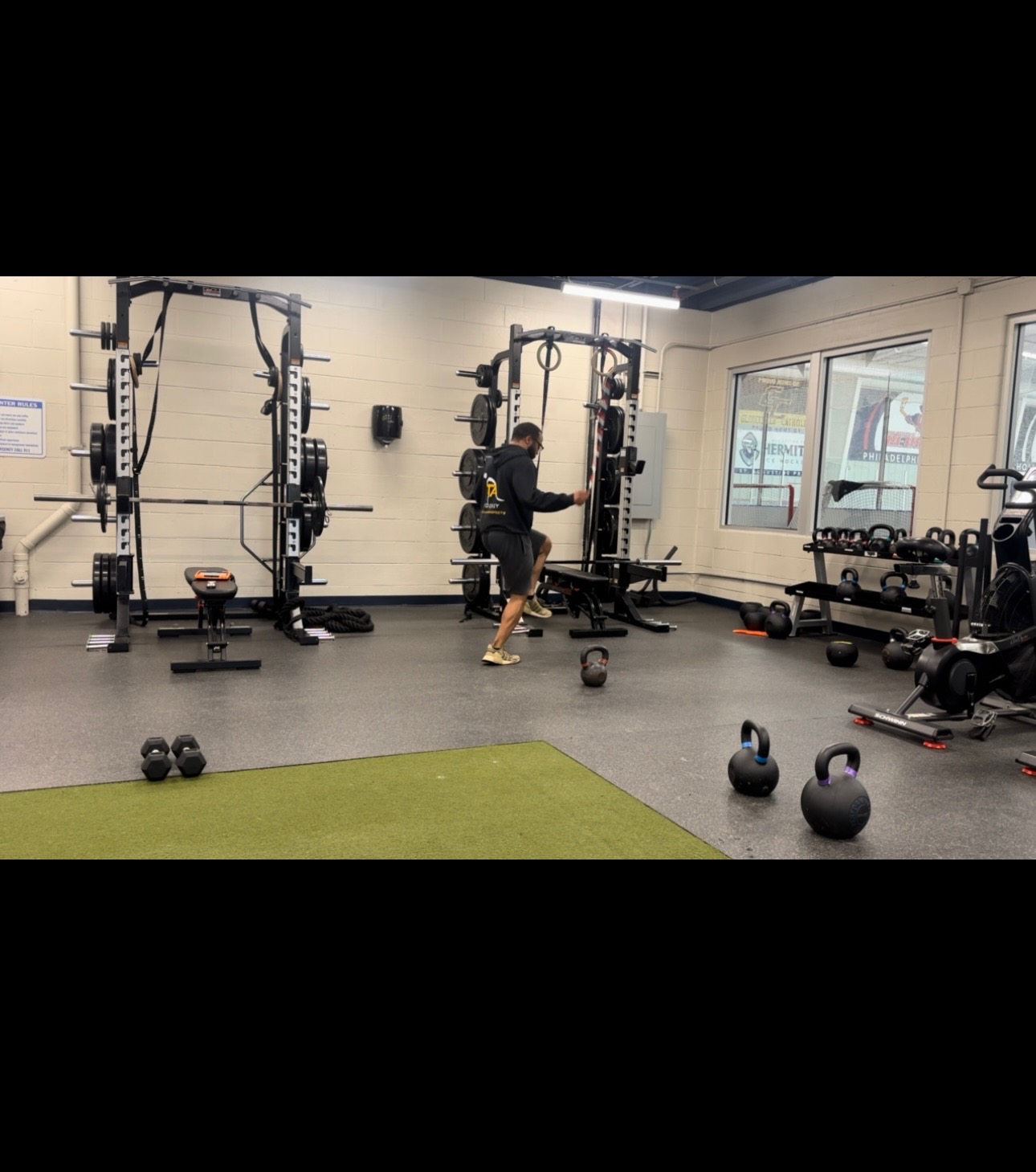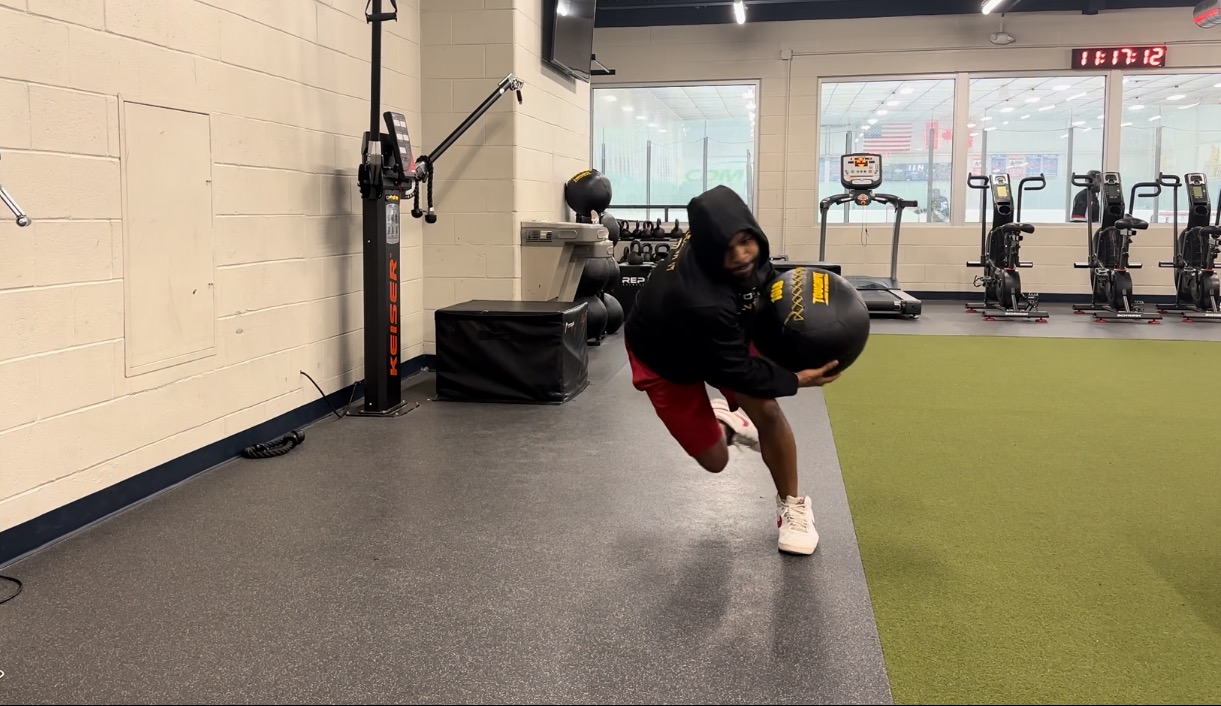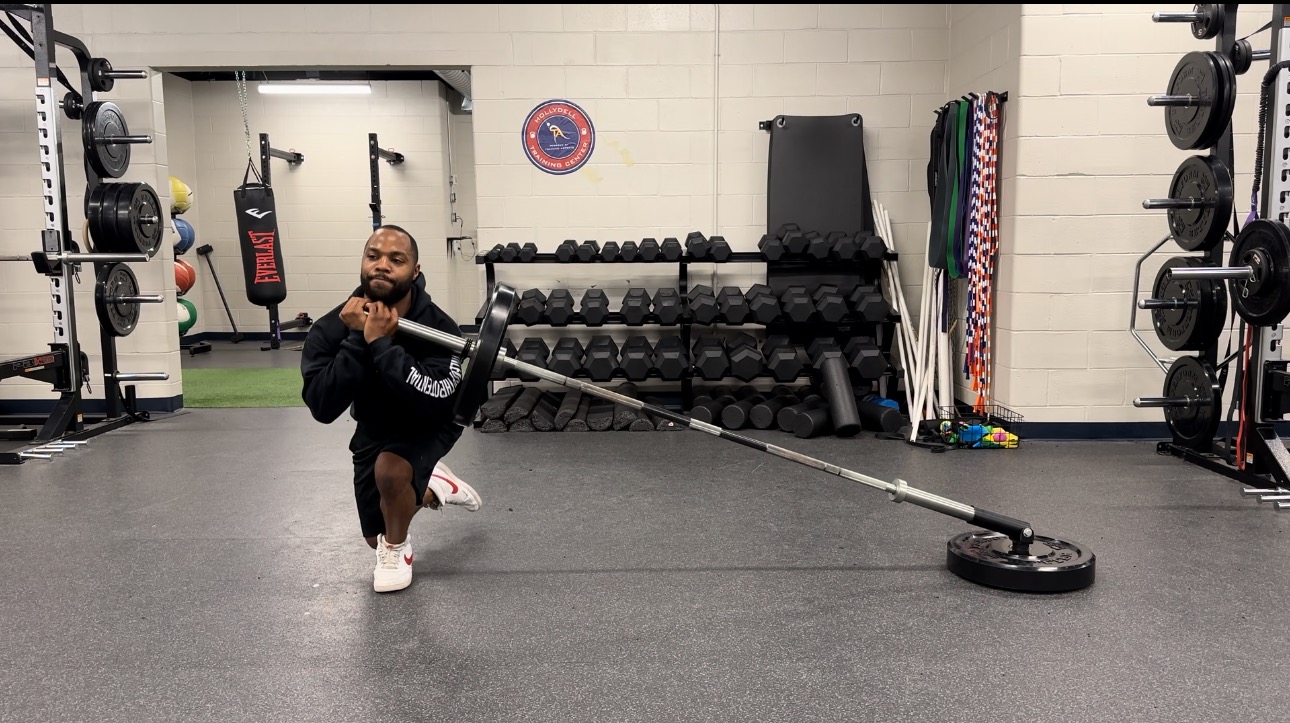The scoop in all
-
 Cherry Hill sports performance, Fit and healthy, Fitness and Nutrition News in South Jersey area, Hockey Performance, Personal trainer tips, random, Sports performance, The scoop in all, Weight Loss
Cherry Hill sports performance, Fit and healthy, Fitness and Nutrition News in South Jersey area, Hockey Performance, Personal trainer tips, random, Sports performance, The scoop in all, Weight LossTop 3 Mistakes to Avoid When Starting a Routine
Starting a new workout routine can be exciting, especially when it’s part of a New Year’s resolution or a fresh commitment to fitness. However, it’s common to lose focus within the first two or three weeks. Why? It often comes down to three major mistakes: unrealistic expectations, overtraining, and lack of consistency. Let’s dive into…
BangD -
 Cherry Hill sports performance, Fit and healthy, Fitness and Nutrition News in South Jersey area, Hockey Performance, Personal trainer tips, Sports performance, The scoop in all, Weight Loss
Cherry Hill sports performance, Fit and healthy, Fitness and Nutrition News in South Jersey area, Hockey Performance, Personal trainer tips, Sports performance, The scoop in all, Weight LossHow to Stay Motivated to Working Out
Do you ever find yourself highly motivated to work out, go for a run, or hop on a bike, only to have days when you’d rather just lay down and shut out the world? As a trainer who works with athletes, I understand how challenging it can be to stay consistently motivated for every workout.…
BangD -
 Boxing Performance, Cherry Hill sports performance, Fit and healthy, Fitness and Nutrition News in South Jersey area, Hockey Performance, Personal trainer tips, Sports performance, The scoop in all, Weight Loss
Boxing Performance, Cherry Hill sports performance, Fit and healthy, Fitness and Nutrition News in South Jersey area, Hockey Performance, Personal trainer tips, Sports performance, The scoop in all, Weight LossProtein needs for performance and health
Protein Needs: how much is enough In the fitness, sports performance, and health worlds, protein is the “popular kid.” Carbs and fats, on the other hand, are often labeled as the “enemy.” Though this is somewhat of a misnomer, it’s important to understand the benefits of protein and what protein actually is. (For more on…
Kirill Vaks -
 Cherry Hill sports performance, Fit and healthy, Fitness and Nutrition News in South Jersey area, Hockey Performance, Personal trainer tips, Sports performance, The scoop in all, Weight Loss
Cherry Hill sports performance, Fit and healthy, Fitness and Nutrition News in South Jersey area, Hockey Performance, Personal trainer tips, Sports performance, The scoop in all, Weight LossAthletic Development and Skill-Specific Training for Athletes
In the world of personal training and athletic performance, two critical components shape an athlete’s journey: athletic development and skill-specific training. While both are essential for enhancing performance, they serve different purposes and require specific approaches to meet the unique needs of the athlete. What Is Athletic Development? Athletic development focuses on building a foundation…
BangD -
 Cherry Hill sports performance, Fit and healthy, Fitness and Nutrition News in South Jersey area, Hockey Performance, Personal trainer tips, Sports performance, The scoop in all, Weight Loss
Cherry Hill sports performance, Fit and healthy, Fitness and Nutrition News in South Jersey area, Hockey Performance, Personal trainer tips, Sports performance, The scoop in all, Weight LossHow Much Water Is Enough? The Key to Peak Athletic Performance
Are you keeping track of how much water you drink daily? While some people make hydration a priority, many of us overlook this critical aspect of health—especially those who aren’t fond of drinking water. A common guideline is to aim for 8 glasses (or 64 ounces) of water a day, but for athletes, the stakes…
BangD -
 Cherry Hill sports performance, Fit and healthy, Fitness and Nutrition News in South Jersey area, Hockey Performance, Personal trainer tips, Sports performance, Stretches, The scoop in all, Weight Loss
Cherry Hill sports performance, Fit and healthy, Fitness and Nutrition News in South Jersey area, Hockey Performance, Personal trainer tips, Sports performance, Stretches, The scoop in all, Weight LossHow to Combat Seasonal Depression (SAD) as an Athlete
Seasonal Affective Disorder (SAD), also known as “Seasonal Depression” or the “Winter Blues,” affects millions worldwide. Many people feel the symptoms without even realizing it. Although often linked to winter, SAD can also occur during the summer. This mood disorder is characterized by recurring depression that typically coincides with specific seasons each year. SAD is…
BangD -
 Cherry Hill sports performance, Fit and healthy, Hockey Performance, Personal trainer tips, Sports performance, Stretches, The scoop in all, Weight Loss
Cherry Hill sports performance, Fit and healthy, Hockey Performance, Personal trainer tips, Sports performance, Stretches, The scoop in all, Weight LossHow Can Flexibility Improve Athletic Performance
We often find ourselves stuck in routines or feeling like there’s not enough time to focus on flexibility. Whether you’re powering through a demanding workday, pushing through practice, or dealing with post-workout soreness, improving flexibility can make a noticeable difference in performance and recovery. What Is Flexibility Flexibility is the ability of a joint, or…
BangD -
 Cherry Hill sports performance, Fit and healthy, Hockey Performance, Personal trainer tips, Sports performance, The scoop in all
Cherry Hill sports performance, Fit and healthy, Hockey Performance, Personal trainer tips, Sports performance, The scoop in allSetting Yourself Up for Success: Preparing for the Next Competition
The demands of the season can be intense, affecting both our bodies and minds. So, how can we better prepare ourselves for the next game? Here are four essential strategies to elevate your preparation for upcoming competitions or games: 1. Prioritize Proper Sleep While younger athletes may feel like they can pull an all-nighter before…
BangD -
 Cherry Hill sports performance, Hockey Performance, Personal trainer tips, Sports performance, The scoop in all, Weight Loss
Cherry Hill sports performance, Hockey Performance, Personal trainer tips, Sports performance, The scoop in all, Weight LossTop Tips to Stay Motivated for Every Workout
Do you ever find yourself highly motivated to work out, go for a run, or hop on a bike, only to have days when you’d rather just lay down and shut out the world? As a trainer who works with athletes, I understand how challenging it can be to stay consistently motivated for every workout.…
BangD -
 Boxing Performance, Fit and healthy, Hockey Performance, Sports performance, The scoop in all, Uncategorized
Boxing Performance, Fit and healthy, Hockey Performance, Sports performance, The scoop in all, UncategorizedIncrease shot power- the starting athlete off ice
3 Great Exercises to Increase Shot Power Bench presses, squats, and Olympic lifts are all popular exercises in the training world for increasing strength and power. Depending on the program and the goals of the individual, they can be very helpful. The important part of pursuing a goal is establishing a solid foundation and direction…
Kirill Vaks -
 Cherry Hill sports performance, Fit and healthy, Fitness and Nutrition News in South Jersey area, Hockey Performance, Personal trainer tips, Sports performance, The scoop in all
Cherry Hill sports performance, Fit and healthy, Fitness and Nutrition News in South Jersey area, Hockey Performance, Personal trainer tips, Sports performance, The scoop in allMuscle Atrophy: How to Keep Your Gains from Disappearing
Have you ever returned to the gym after taking a few weeks off, only to struggle lifting weights you could easily handle before? This is often due to muscle atrophy—when you lose muscle mass and strength from not working out for as little as two weeks. Whether you’re injured or recovering, the road back to…
BangD
